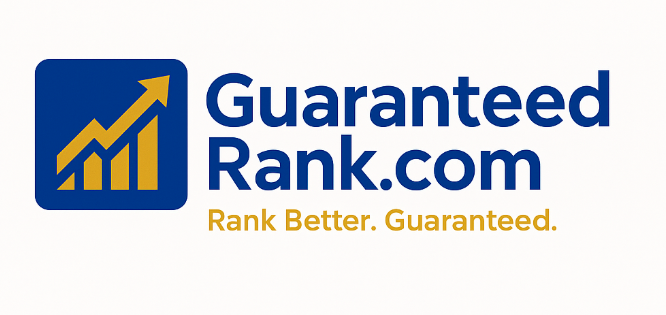One English page cannot effectively serve all of Europe—translating per country (or at least per language group) is strongly recommended if you care about reach, conversion, or user trust.
Here’s a breakdown to help you decide:
🔥 Why One English Page Falls Short in Europe
-
English Proficiency Varies Widely
Not everyone is comfortable with English:-
Netherlands, Sweden: High proficiency ✅
-
France, Italy, Spain: Moderate to low ❌
-
Central & Eastern Europe: Varies widely ❓
-
-
Conversion Drops Without Native Language
-
Studies show users are 2–3x more likely to buy if a site is in their native language.
-
Even if someone understands English, they may hesitate to act (buy, sign up, trust your brand).
-
-
Perceived Effort = Lost Conversions
-
For ecommerce or services, anything that feels like “work” (reading in English) lowers trust and increases bounce rate.
-
🧭 Strategy Recommendation
✅ Ideal Approach
-
Translate and localize per country: Germany, France, Spain, Italy, Poland, etc.
-
Tailor your tone, trust markers, offers, and payment options.
🟡 Compromise Approach
-
Translate per language group:
-
German (for DACH region)
-
French (France, Belgium, Switzerland)
-
Spanish (Spain only)
-
Italian
-
Polish
-
Dutch
-
🔴 Bare Minimum
-
One high-quality English page + key translations for top markets.
-
Add language switcher and geo-detect redirects.
-
Prioritize markets with the biggest revenue potential.
-
💡 Bonus Tip: Start with Analytics
Look at:
-
Where your traffic comes from
-
Bounce rate and conversion per country
-
Languages used in browsers (Google Analytics > Geo > Language)
This will tell you which countries deserve immediate translation investment.











0 Comments